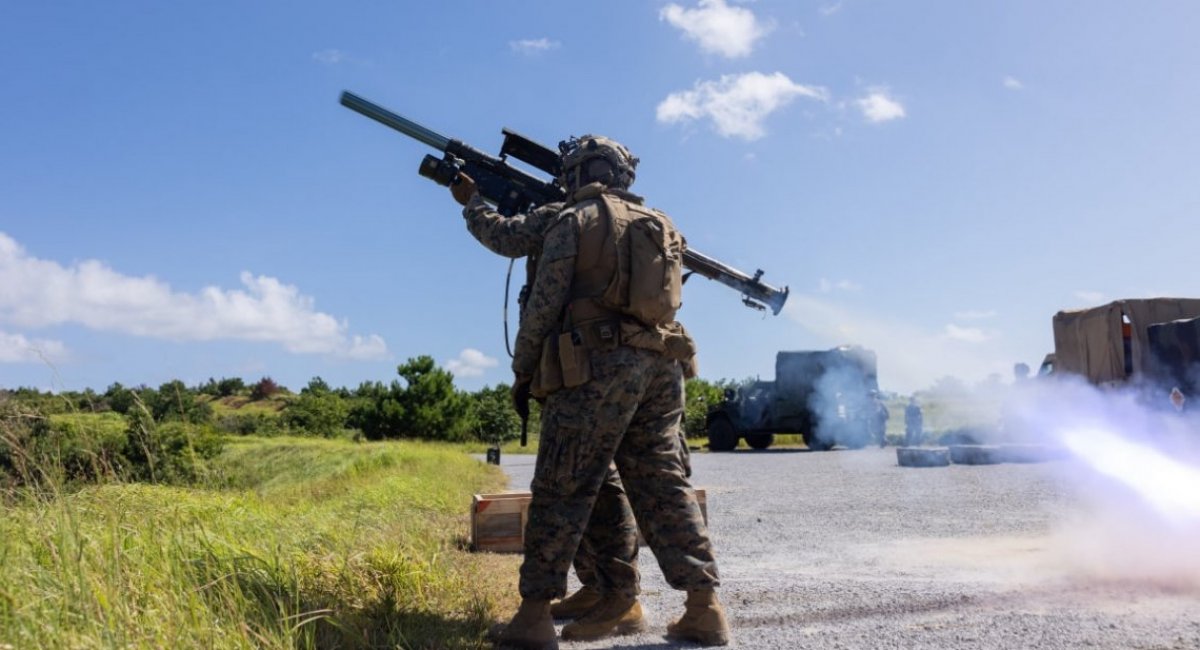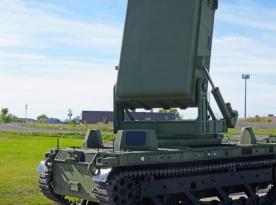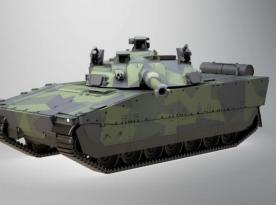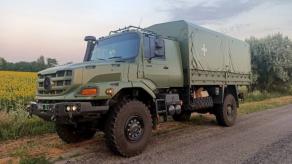RTX (Raytheon Technologies) is developing a new man-portable air-defense system meant to succeed the legendary FIM-92 Stinger, tailored to counter drones with greater range, speed and improved guidance.
The program, developed over two years with active military feedback and a modular open architecture, has so far undergone virtual testing; the first flight test is planned by the end of 2025.
Read more: russia Delivered Faulty Resistor-E Radar Complex to India's Aircraft Carrier

The new system, called the Next-Generation Short-Range Interceptor (NGSRI) by Raytheon in public materials, centers on an upgraded seeker and a modernized launcher sensor suite.
Developers say the improved optics and detection capability let an operator identify and engage a low-signature target for example a drone approaching against a distant mountainous background that older systems might miss.
A second major upgrade is a new high-performance solid rocket motor with increased thrust while retaining roughly the same dimensions. That boost yields higher missile speed and extended engagement range, yet the design remains backward-compatible with existing Stinger launchers and logistics where possible.
Raytheon emphasizes that although the Stinger remains among the best in its class, evolving battlefield realities especially the mass employment of a wide spectrum of unmanned aerial systems require new capabilities.
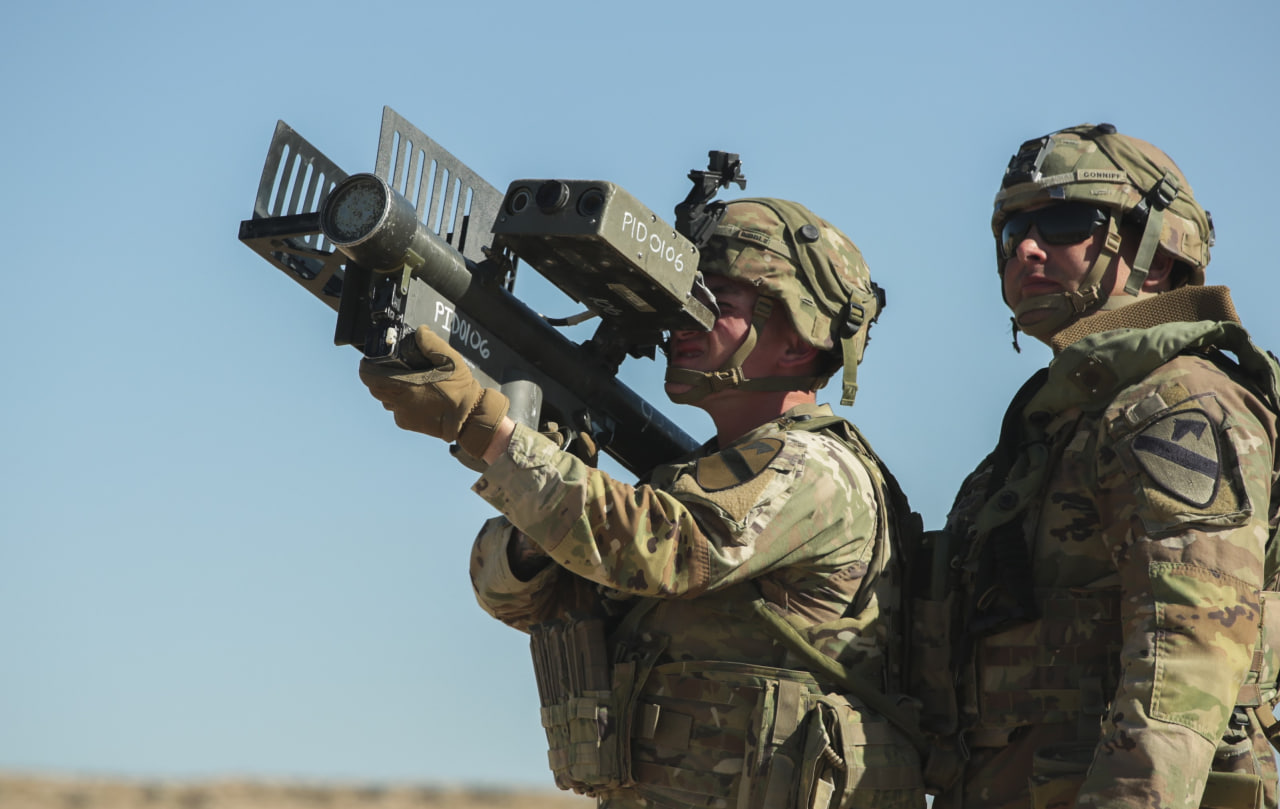
The NGSRI is explicitly presented as a counter-drone MANPADS: optimized for longer‑range strike drones such as iranian- and russian-origin Shahed-type loitering munitions, which are harder for legacy MANPADS to intercept reliably.
The program's modular approach is intended to accelerate integration of new sensors and to simplify manufacturing scale-up. Raytheon says the NGSRI builds on proven serial technologies and that production lines will be further automated to speed output and reduce unit cost a response to broad concerns across the U.S. defense sector about delivery timelines and affordability.
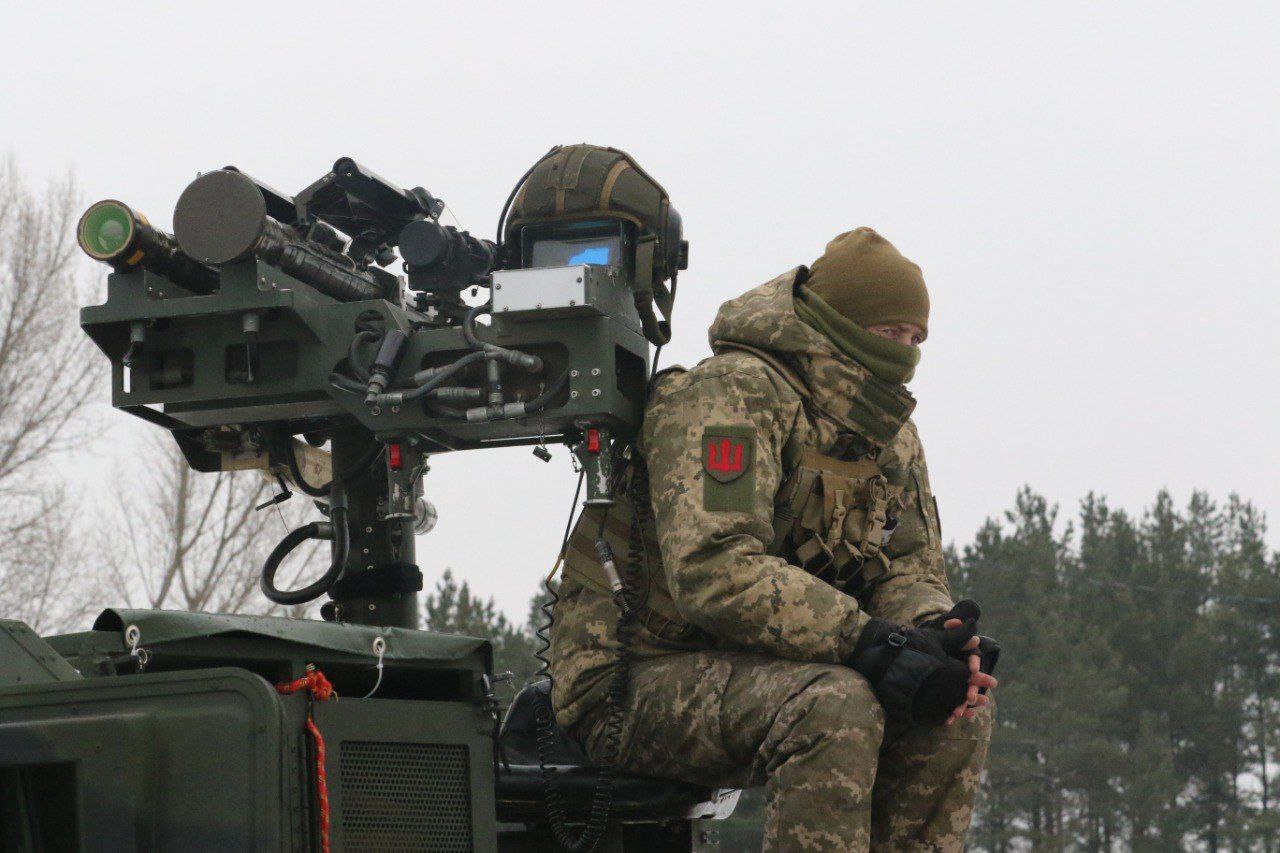
Raytheon and U.S. military sources also highlight that the systems adaptability could allow it to engage smaller targets as well, though cost-effectiveness versus legacy systems will determine whether that employment is routine.
In short, the NGSRI aims to expand the envelope of targets a shoulder-fired interceptor can engage, while keeping logistics and training burdens manageable by preserving compatibility where possible.
If flight tests planned for late 2025 go well, the NGSRI could enter a rapid prototyping and production ramp-up phase a development that would shape short-range air defense plans for forces facing proliferating drone threats.
Read more: CV90120 Nears MBT Power With New Low-Recoil Gun Programmable Rounds, Light Tank Game Changes




